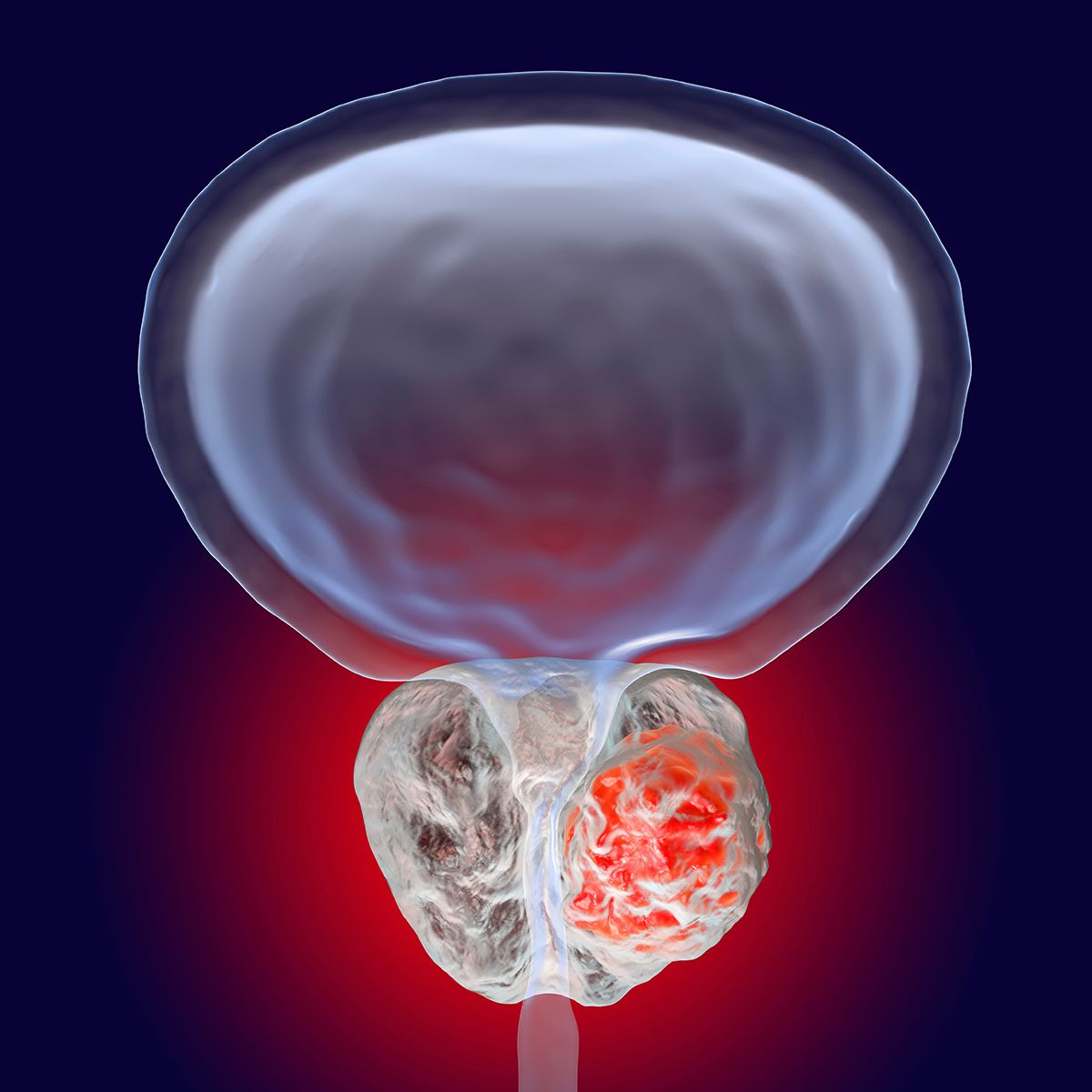Video
Importance and the Process of PSMA PET Imaging in mCRPC
Author(s):
Jeremie Calais, MD, comments on how PSMA PET scans have changed the treatment landscape for patients with mCRPC and describes the process for obtaining a PSMA PET scan, including what patients should know before, during and after the scan.
Alicia Morgans, MD: Jeremie, can you talk about the importance of imaging in prostate cancer, [such as] PSMA [prostate-specific membrane antigen] PET [positron emission tomography] imaging, that [may] give us [clearer] understanding of the extent of disease?
Jeremie Calais, MD, MSc: I can reemphasize the imaging point of view as an imaging specialist. With PSMA, we use the overexpression of [the] PSMA protein to get great contrasting images. The signal on the images is very high and never seen before [with] prior imaging techniques, [and] we see [it] because of the relevance of PSMA for prostate cancer. We started at UCLA [University of California, Los Angeles, CA] in 2016, and we’ve seen a rapid [uptick in] both physicians and patients coming from all over to get the scan for various purposes. You can stage the disease earlier and better so you [can] see where the disease is, and based on that, you can treat it more adequately. If the disease is localized, you would have a different treatment than if it had spread to the lymph nodes or somewhere else. You can pinpoint targeted therapy if the disease is already limited, and you can do various treatments once you know where the disease is. As Doctor Rettig just said, it is recommended for recurrence and staging. These are the two recommendations approved by the FDA, but [they] are in practice here at UCLA; any patient with prostate cancer [will need] a scan to choose the best treatment option for their stage.
Alicia Morgans, MD: The recommendations and guidance are changing because [of] new approvals in the metastatic castration-resistant prostate cancer setting that may require PSMA PET imaging to identify patients who may be eligible for [particular] treatment. More and more patients are getting these scans. Jeremie, what [is] the process of getting a PSMA PET scan like? What does it entail?
Jeremie Calais, MD, MSc: The principle of nuclear medicine, and that’s the same for PET scan imaging, is that you receive an intravenous injection, a tracer. We call it a tracer because you can trace it and because there is a [small] amount of radioactivity we can detect with PET/CT [computerized tomography] scanners. The PET/CT scanner looks like a ring but not a tunnel like an MRI [magnetic resonance imaging] [machine]. They are wide. The patient lies under the scanner for about 20 to 30 minutes, and we detect where the tracer has [gone]. In this case, the tracer is specific for PSMA, so we take images of where the tracer is or where PSMA is in the body. Because of the radioactivity, the patient can be very sensitive, so we don’t need to inject a lot of tracer. In fact, we inject a tiny quantity, [so] the amount of tracer has no effect: no pharmacological or biological effects on the body. We do targeted PSMA PET imaging, so it’s whole-body imaging. [If] it’s for the prostate cancer staging purpose, we start from the prostate but then look at the whole body. An appointment usually takes an hour and a half to two hours in the nuclear medicine ward to get checked in, receive an IV [intravenous] line and [be] injected with the tracer. Usually, we wait an hour to have this tracer circulate through the body, and then the patient goes under the scanner. We acquire the images for about 20 to 30 minutes and then it’s done. Because the tracer is short-lived, after three to four hours and the first [urination], there is almost no radioactivity anymore. So patients are very safe from radioactivity as well.
Alicia Morgans, MD: From a patient perspective, does a patient need to consider themself radioactive for a couple of hours? Can they still be around other people? What kind of precautions need to occur or don’t need to occur?
Jeremie Calais, MD, MSc: For PET scans; there is no recommendation. The radiation is very low; again, it’s a minimal dose that we inject. It would be different with treatment, as the purpose is different. We want to treat the cancer cells so we use different amounts of radiation. And here we have a recommendation during the first two to three days following the treatment administration.
Alicia Morgans, MD: What does it mean when you’re looking at a scan and the scan [shows] a PSMA-positive [result]?
Jeremie Calais, MD, MSc: It can mean many things. Let’s look at it in the context of metastatic castration-resistant prostate cancer patients. In that sense, it means how much PSMA is expressed on the surface of the cell, and is this sufficient for PSMA-targeted therapy? When we say PSMA-positive, the patient has sufficient PSMA expression. [If] PSMA-negative, the patient doesn’t have sufficient PSMA expression, and if we give PSMA-targeted therapy it may not work well because there is not enough radiopharmaceutical delivery on the targets.
Transcript edited for clarity.



